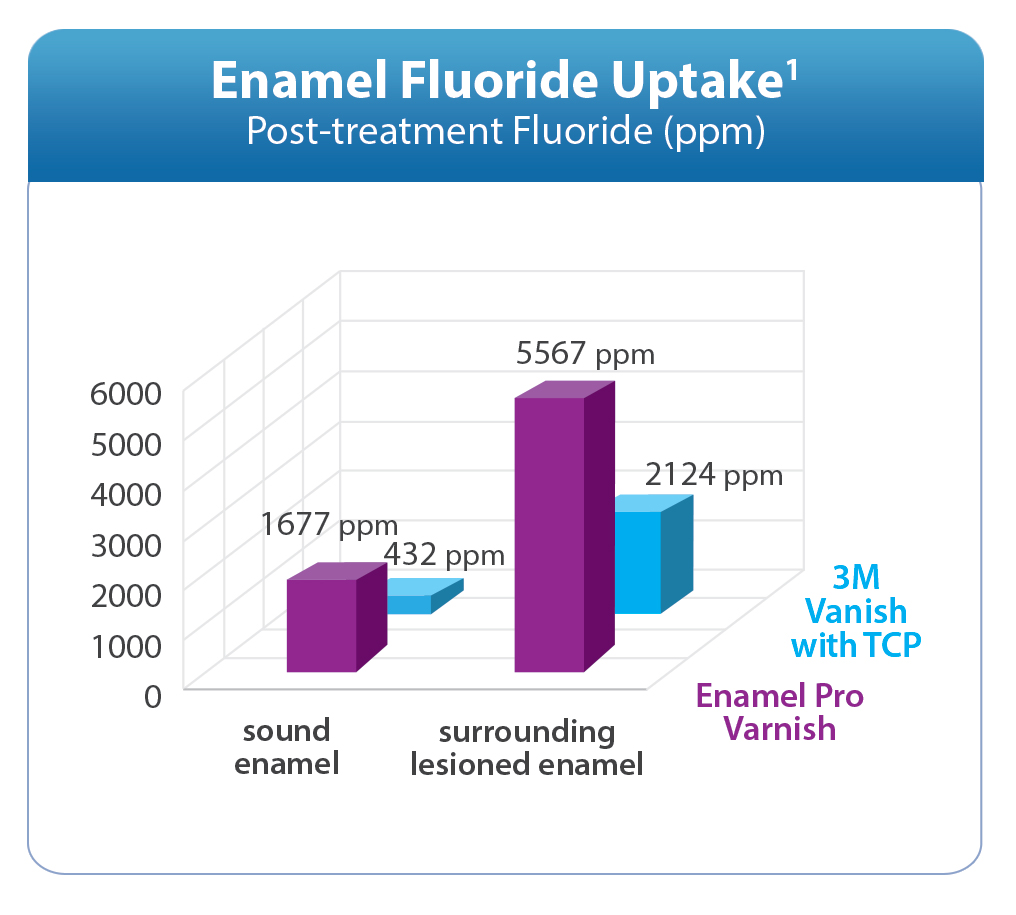Fluoride treatments are a common procedure in dental care, serving as a preventive measure against cavities and tooth decay. Many individuals undergo this treatment without fully grasping its implications, particularly concerning post-treatment behaviors such as smoking. The question, “Can I smoke after fluoride treatment?” is not merely a simple inquiry; it unpacks a myriad of health considerations and invites a deeper exploration into the relationship between oral health and lifestyle choices.
To comprehend the ramifications of smoking after fluoride treatment, one must understand what fluoride treatment entails. Essentially, fluoride is a naturally occurring mineral that strengthens tooth enamel, making it more resistant to decay. During a fluoride treatment, your dental professional applies a concentrated form of fluoride to your teeth, either as a gel, foam, or varnish. This treatment often occurs after a thorough cleaning and is particularly beneficial for those at higher risk of dental caries.
Imagine you’ve just received a fluoride treatment, and you’re feeling that fresh, minty sensation in your mouth. The immediate temptation to light a cigarette may arise, especially for habitual smokers. Yet, it’s critical to consider the underlying effects of smoking on the oral cavity. Cigarette smoke introduces a cornucopia of harmful chemicals into the mouth, which can negate the benefits gained from fluoride. But the intrigue doesn’t stop there.
What happens when you smoke after fluoride treatment? On a surface level, smoking can create an acidic environment that counteracts the protective qualities of fluoride. This acidic milieu can lead to weakened enamel, ultimately rendering your teeth more susceptible to cavities—exactly what fluoride is meant to prevent. Moreover, the heat from the smoke can cause the fluoride treatment to wear off more quickly, diminishing its efficacy.
Additionally, smoking has broader implications for overall oral health. Smokers are historically at a higher risk for periodontal disease, which can further complicate the benefits of fluoride treatment. The repercussions extend beyond the immediate effects; prolonged exposure to the chemicals in cigarettes can lead to a darker, more stained appearance of the teeth, undermining the aesthetic objectives of fluoride application.
The habit of smoking also intersects with the biological mechanisms at play in oral health. Nicotine, a primary component of tobacco, can influence blood flow to the gums. Reduced blood circulation can hinder healing processes, impairing the mouth’s ability to recuperate from various treatments, including fluoride. The dual concerns of aesthetic detriment and compromised health create a compelling argument against smoking right after a fluoride treatment.
Moreover, one must consider the psychological aspects of smoking post-treatment. The allure of a satisfying smoke might seem appealing against the backdrop of recent dental work; however, it can also reflect deeper behavioral patterns ingrained in one’s lifestyle. For many, smoking is a form of stress relief, often unconsciously tied to oral rituals. The immediate pleasure derived from smoking can overshadow the longer-term benefits of prioritizing dental wellness.
Understanding the personal motivations behind the desire to smoke after fluoride treatment invites a holistic examination of habits and choices. Is the urge to smoke a mere impulse, or is it a response to underlying anxiety about dental health or other life stresses? Engaging in self-reflection can facilitate positive changes, leading one to reconsider the relationship between oral hygiene practices and everyday habits.
So if you’re thinking about reaching for a cigarette after your fluoride treatment, it’s essential to pause and reflect on the potential consequences. While the act of smoking may be transiently gratifying, refraining post-treatment offers substantial long-term advantages for your oral health. This decision can enhance the protective attributes of fluoride and foster a healthier mouth in the future.
If quitting cigarettes entirely feels intimidating, consider implementing a brief waiting period. Typically, dental professionals suggest avoiding food, beverages, and smoking for at least 30 minutes after receiving fluoride treatment. This allows the fluoride to permeate the enamel effectively. Tapering down your smoking habits during this period might serve as a stepping stone for those contemplating cessation.
The conversation surrounding smoking after fluoride treatments opens avenues for broader discussions about lifestyle choices and their interconnectedness with overall health. The vibrant and often poignant relationship between smoking and dental health represents a microcosm of larger lifestyle decisions impacting well-being.
Ultimately, prioritizing oral health through informed choices can drastically influence one’s quality of life. The journey towards better health often presents challenges; however, recognizing the implications of smoking immediately after a fluoride treatment may catalyze more significant conversations about dental care and its intersection with lifestyle decisions. Engaging in this dialogue not only promotes awareness but fosters a culture of health consciousness that transcends individual actions.
To embrace a more mindful approach toward personal habits, especially concerning oral health, is not merely an act of self-care—it is an affirmation of one’s commitment to overall wellness. As such, as tempting as it may be to indulge post-treatment, the long-term benefits of resisting that urge far outweigh the fleeting satisfaction that comes with a cigarette.
